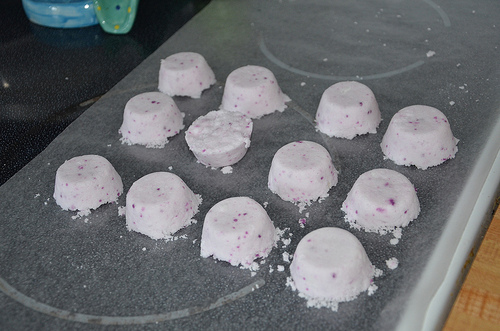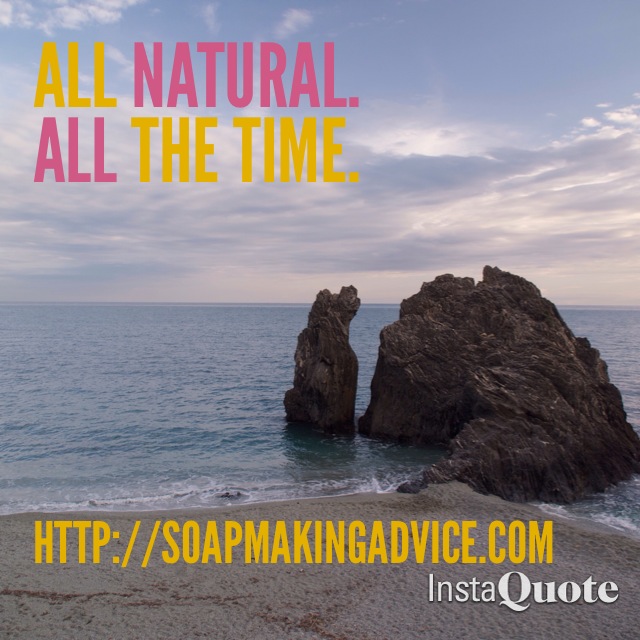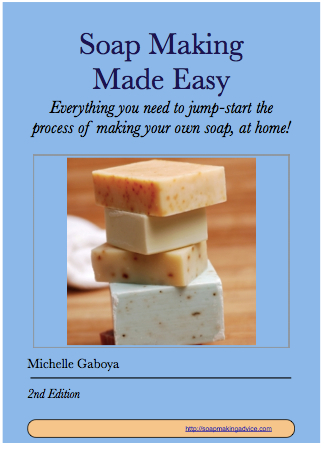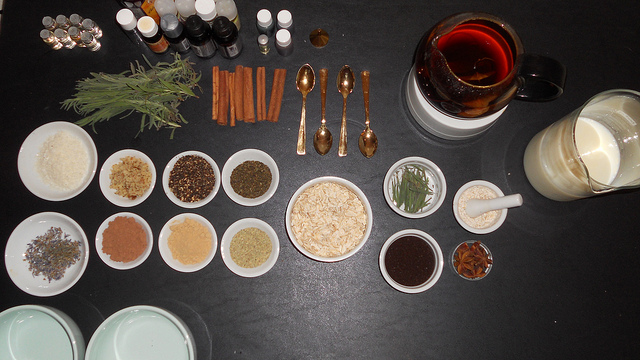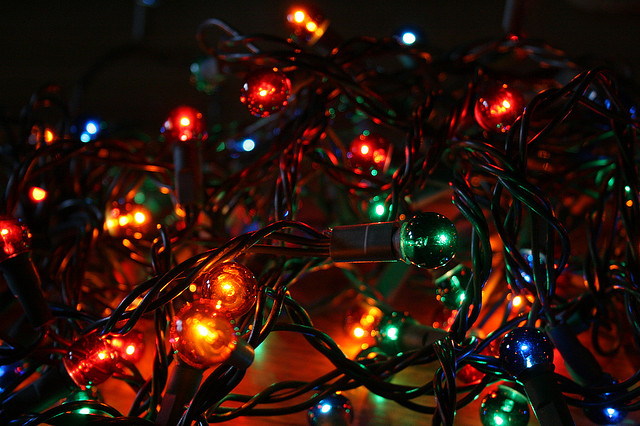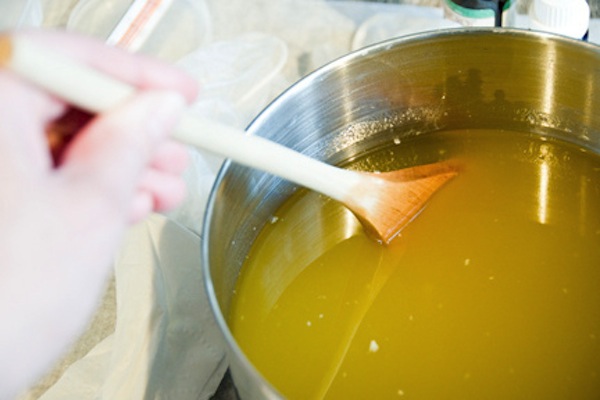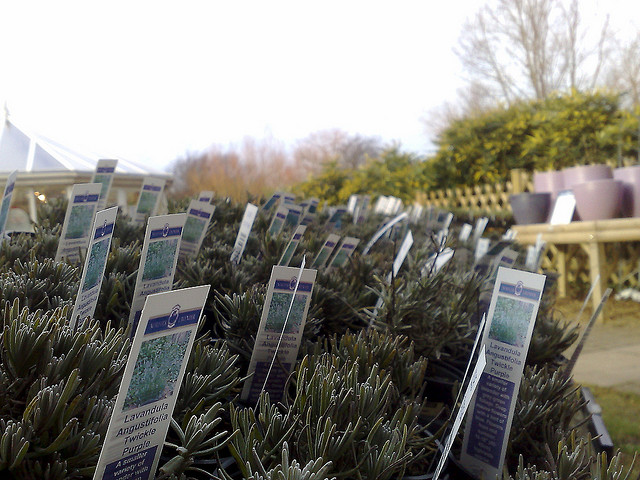Photo courtesy of Flickr user theogeo
Christmas is just around the corner! Have you found the perfect Christmas gifts yet? Why not make your own gift with elegant soaps your family and friends will love and cherish.
With simple soap making recipe you can easily create elegant soaps.
Here is a simple soap making recipe for those of you who haven’t tried making soap yet.
A lovely gift idea for friends and family would be to make your own homemade soap. A personalized gift that you made yourself would proclaim so much more thoughtfulness than just buying one.
Making olive oil soap is fairly simple and easy. Try out this homemade olive oil soap recipe.
Soap making ingredients:
One 18 ounce can of lye (Make sure the lye is labeled for soap making. Some lye are too harsh, while some others are not strong enough to make soap with)
Distilled water – 5 cups (plain tap water has chemicals and impurities that can cause soap making problems)
Heat proof container for mixing the lye
Large stainless steel pot for mixing soap
Spatula (rubber or silicon)
Plastic container with lid (which will serve as the soap making mold)
Blender or beater
How to make the soap:
1.Before starting, make sure to read carefully the Manufacturer Safety Data Sheet on the lye. Lye must be handled with extreme caution.
Please always note that when you are using Lye that Safety is top priority.
2.Pour the distilled water into the heat proof container. Then add lye carefully.
Always remember:
Add lye to the water and not the other way around.
Stir gently and with care. The mixture will get hot and will produce fumes for a few minutes.
Set the mixture aside to a safe place and wait for it to cool off.
3.Pour olive oil into the other large stainless steel pot and heat to approximately 100 degrees Fahrenheit.
Then remove the pot from the heat.
4.Once the container of the lye-water mixture is warm enough to touch, slowly pour the lye-water mixture into the warm olive oil, stirring the oil the whole time with your spatula.
Then, you can now use your stick blender or beater for short intervals, hand stirring in between.
You will notice the mixture starts getting thicker and more opaque which means trace is occurring.
Keep stirring until you see a pudding-like consistency.
5.Pour mixture into the plastic container with lid and cover with a blanket.
When it’s ready, pop it out from the container and stack it on brown paper lined shelves in a well ventilated area.
It takes approximately 4 weeks for soap to be aged and cured.
This recipe makes more than 10 pounds of soap.
Pack it any way you want it for a more personalized touch. Let your creativity run wild and don’t be afraid to use color and creative materials.
These handmade soaps will now be perfect Holiday gifts for your friends and family!
For more information on packaging and presentation of your soaps, be sure to check out our comprehensive Ebook package Soap Making Made Easy: Second Edition that reveals the best soap making techniques as well as recipes and tips on how to make your own soap at home.
It would also make the perfect gift for any friends and family who might be interested in soap making!
Take the next step
Download our FREE ebook, ‘How To Make Soap At Home’, by clicking here.
We also have a special offer on our Soap Making Ebooks range, with exclusive web bonuses and a risk free 60 day money back guarantee! Also available on Amazon Kindle, iBooks, Barnes & Noble and Kobo.
